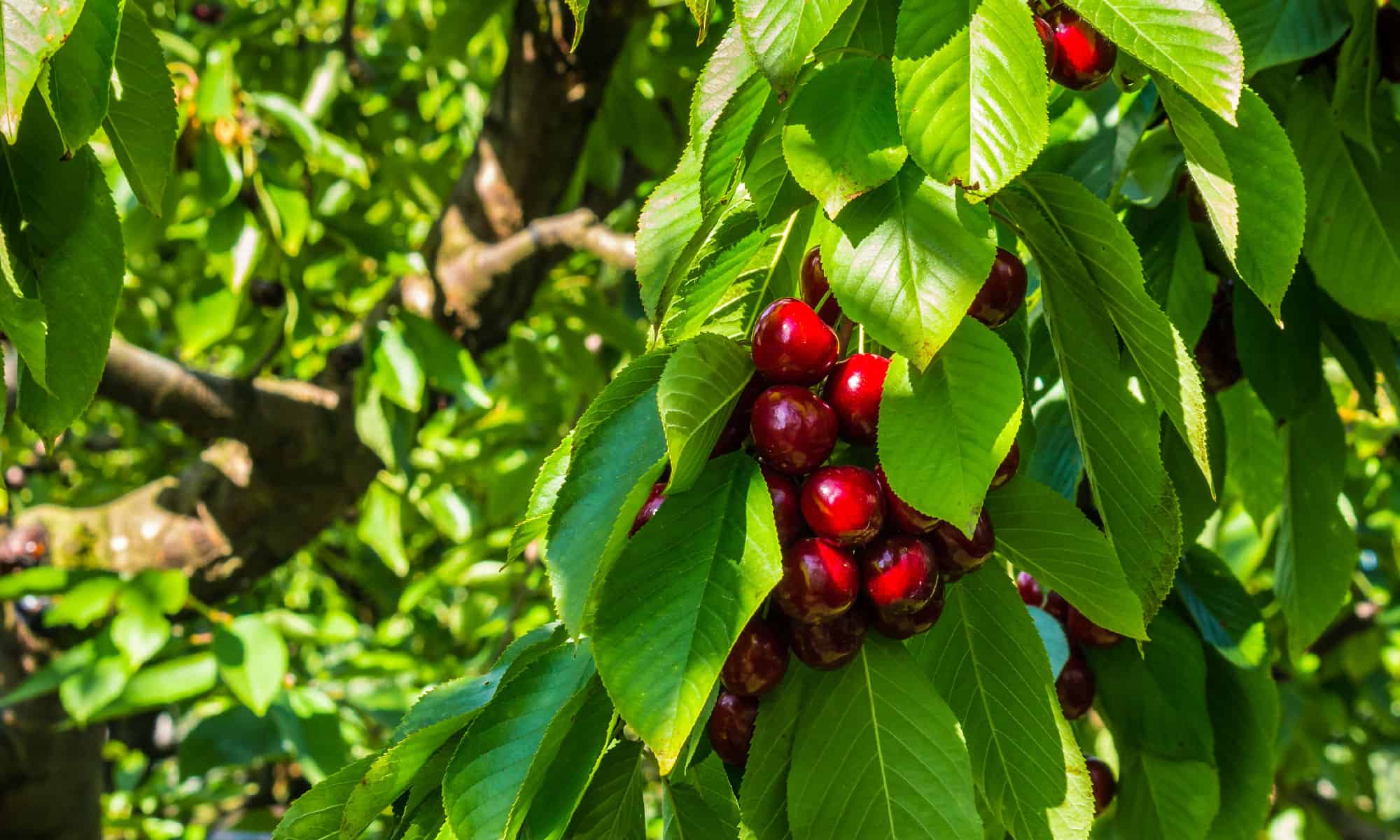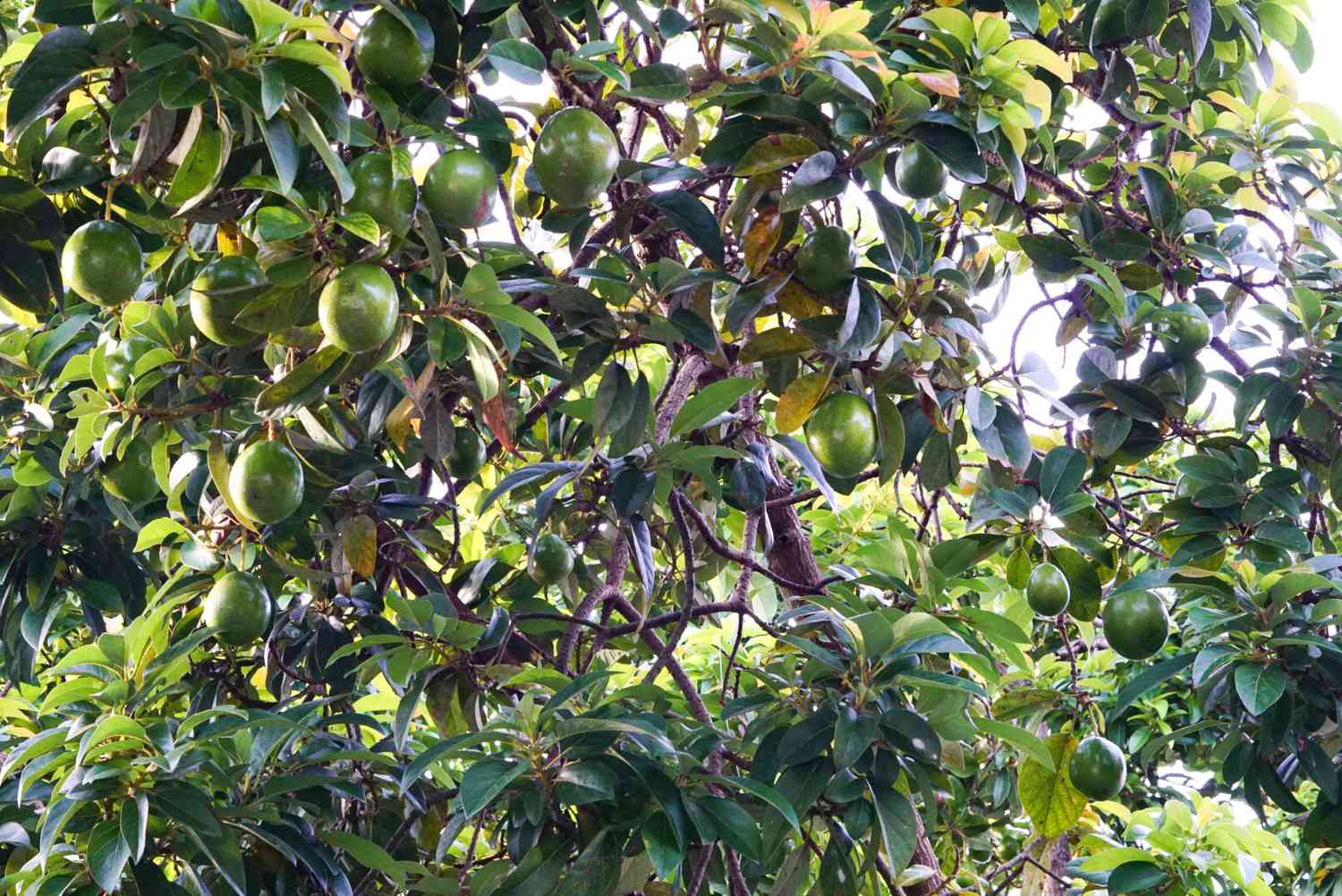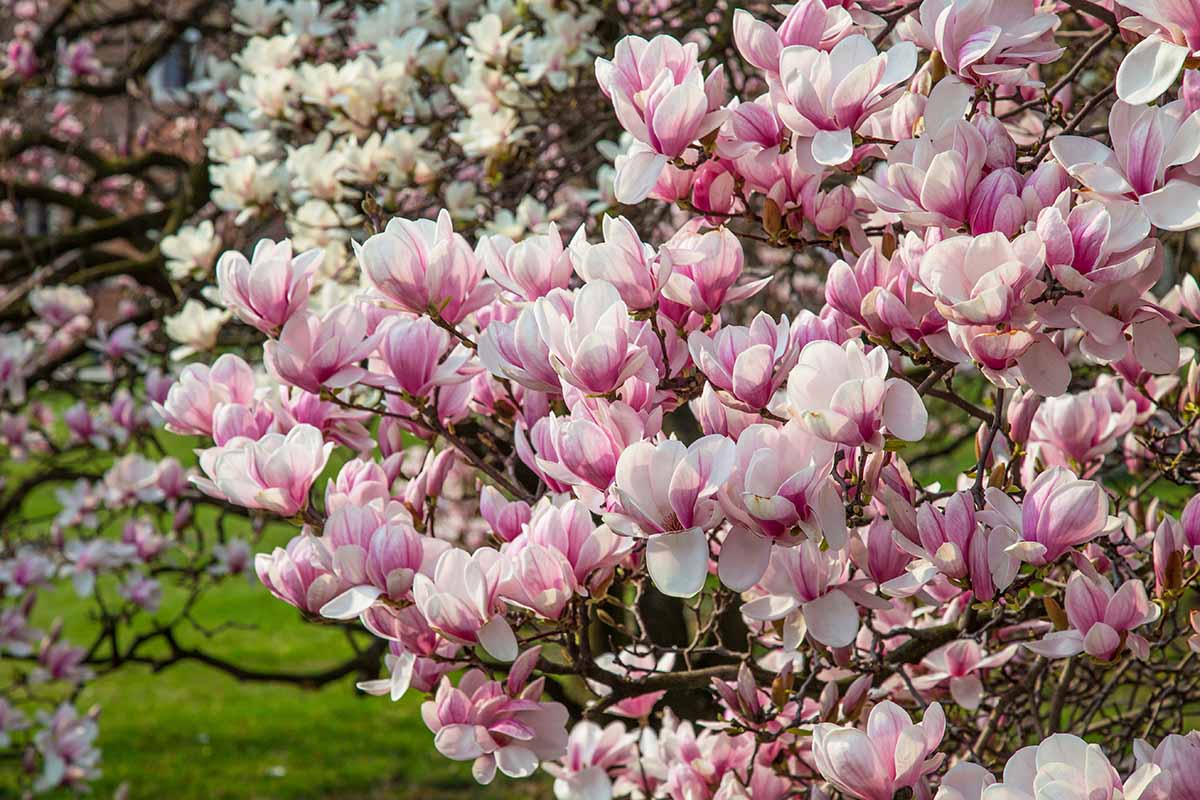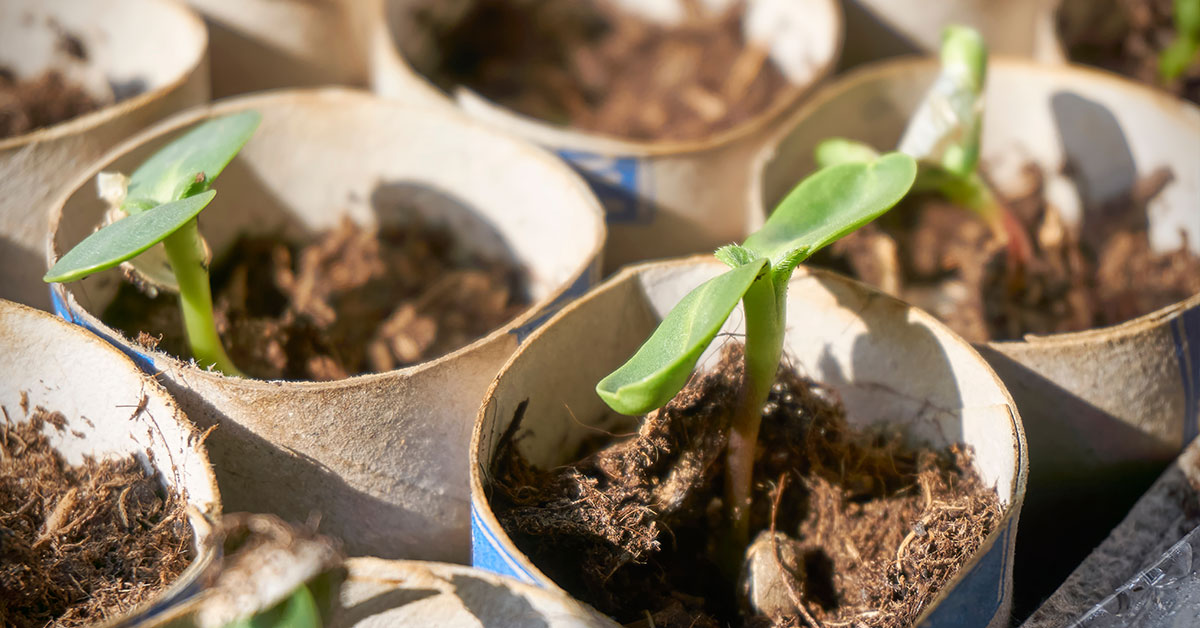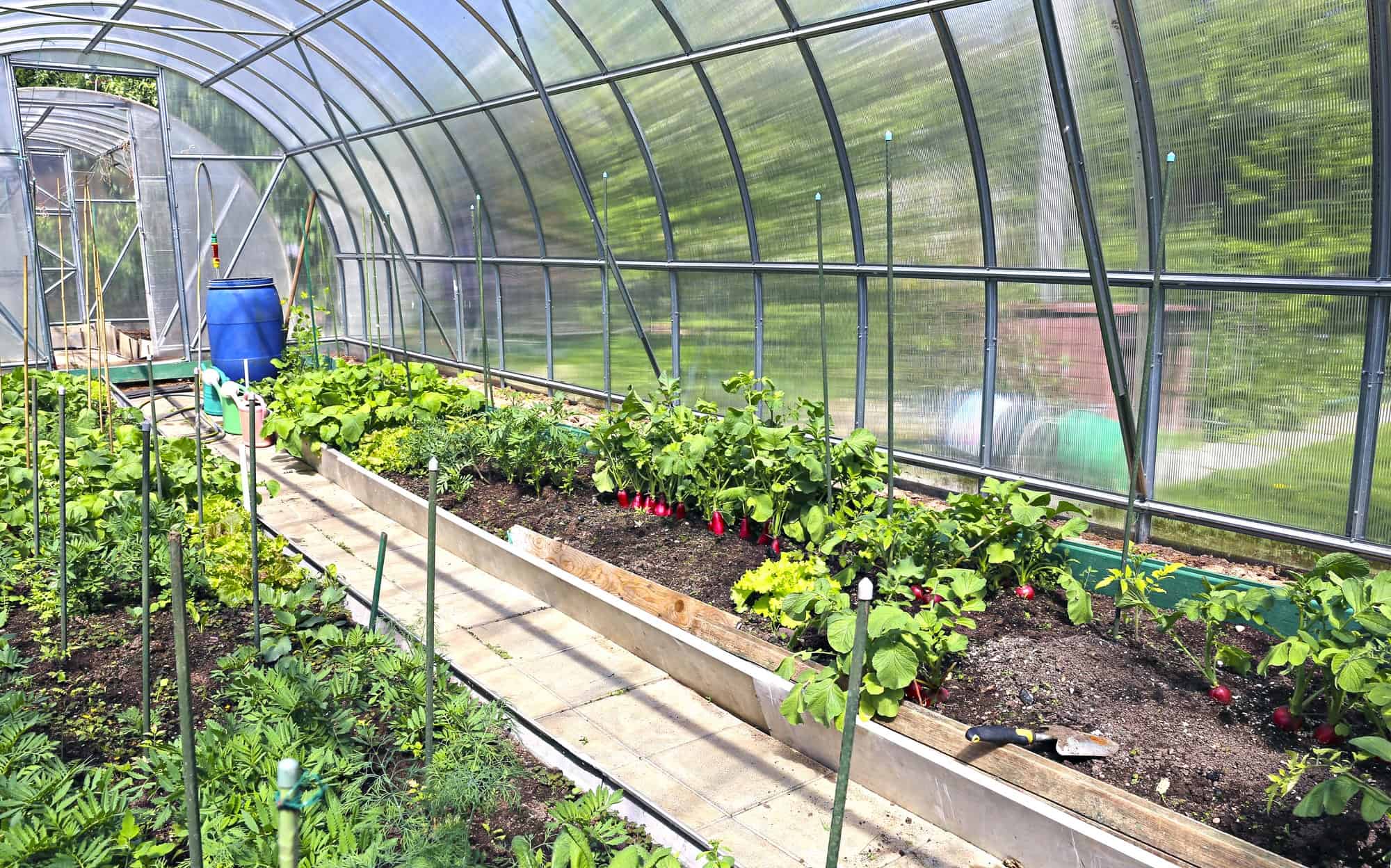Home>Types of Gardening>Ornamental Gardening>How Long Do Sunflowers Take To Grow
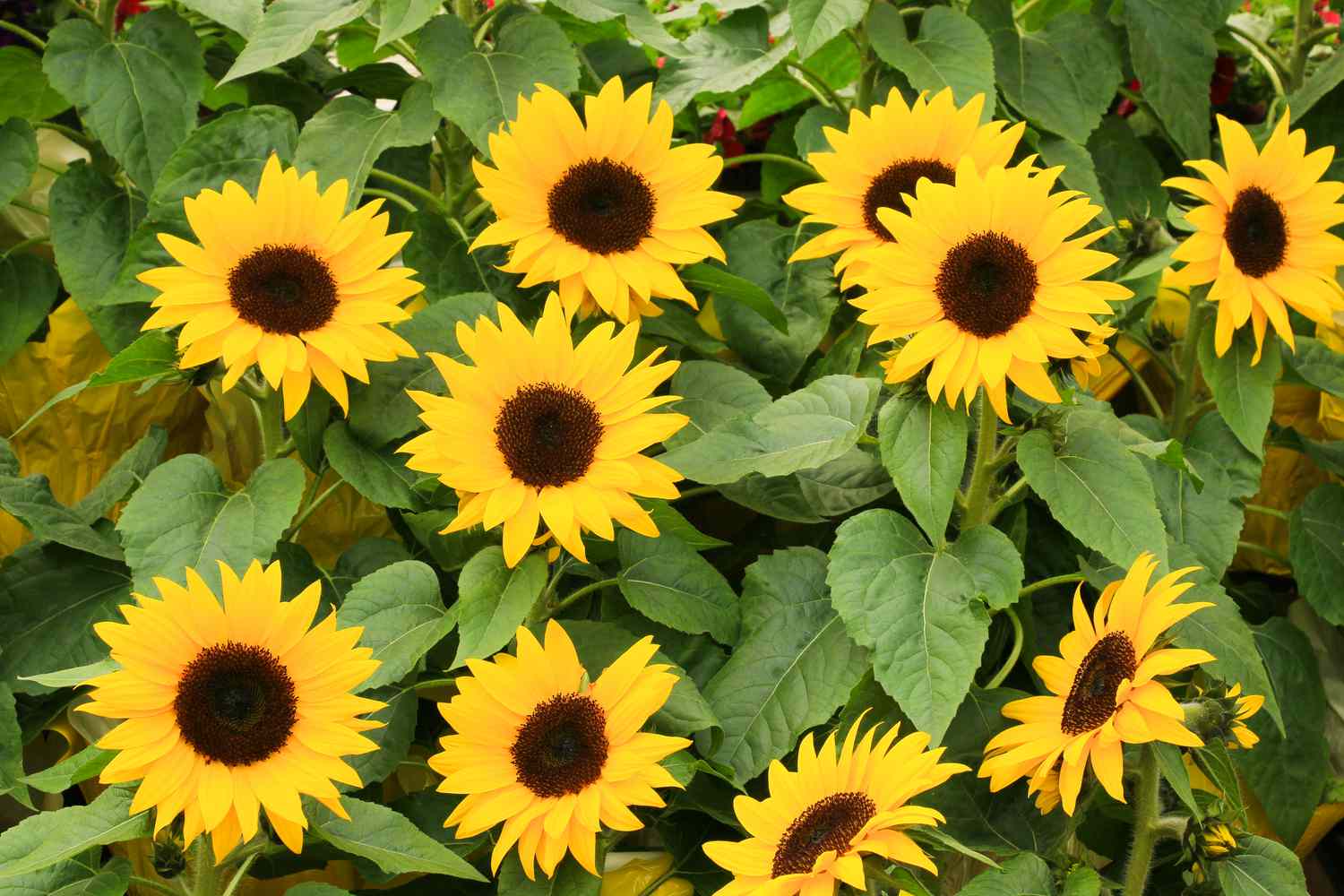

Ornamental Gardening
How Long Do Sunflowers Take To Grow
Modified: February 10, 2024
Learn about the growth time of sunflowers in ornamental gardening. Discover how long it takes for these beautiful flowers to grow and bloom.
(Many of the links in this article redirect to a specific reviewed product. Your purchase of these products through affiliate links helps to generate commission for Chicagolandgardening.com, at no extra cost. Learn more)
Table of Contents
Introduction
Welcome to the world of ornamental gardening, where beauty and nature intertwine to create stunning landscapes. If you’re a gardening enthusiast, you’re likely familiar with the joy and satisfaction of watching your plants grow and flourish. And when it comes to ornamental gardening, sunflowers are often at the top of the list.
Sunflowers, with their vibrant yellow petals and tall, majestic stalks, have become an iconic symbol of summer and happiness. These cheerful flowers can instantly brighten up any garden or landscape, bringing warmth and joy to those who behold them. But have you ever wondered how long it takes for sunflowers to grow?
Well, the journey of a sunflower from seed to towering beauty is indeed a fascinating one. It is influenced by various factors, including environmental conditions, seed quality, and sunflower variety. In this comprehensive guide, we will explore the stages of sunflower growth and the factors that affect their development.
Whether you’re a beginner gardener or a seasoned pro, understanding the life cycle of sunflowers is essential for cultivating these magnificent plants successfully. So, let’s dive in and discover the secrets behind the growth and beauty of sunflowers!
Factors Affecting Sunflower Growth
While sunflowers are known for their ability to thrive in different environments, several key factors can significantly impact their growth and development. By understanding these factors, you can provide the optimal conditions for your sunflowers to flourish. Let’s explore some of the main factors that influence sunflower growth:
- Light: Sunflowers are aptly named, as they require ample sunlight to grow and thrive. They are classified as photophilic plants, meaning they need a minimum of six to eight hours of direct sunlight each day to reach their full potential. Lack of proper sunlight can lead to stunted growth and smaller flowers.
- Temperature: Sunflowers are warm-weather plants that prefer temperatures of around 70-78°F (21-25°C) during the day and 50-60°F (10-15°C) at night. They are sensitive to frost and cold temperatures, so it’s best to wait until the last frost date has passed before planting sunflower seeds.
- Soil: Sunflowers thrive in well-drained soil that is rich in organic matter. They prefer a slightly acidic to neutral soil pH ranging from 6.0 to 7.5. Amending the soil with compost or organic matter before planting can help improve soil texture and fertility, providing the necessary nutrients for healthy growth.
- Water: Adequate water supply is crucial for sunflower growth. While they can tolerate drought to some extent, consistent and regular watering is essential, especially during the germination and flowering stages. It’s important to strike a balance, as overwatering can lead to root rot and other diseases.
- Pests and Diseases: Sunflowers can be susceptible to certain pests and diseases, including aphids, caterpillars, fungal infections, and powdery mildew. Regular scouting and appropriate pest management practices, such as using organic insecticides or companion planting, can help keep these issues at bay.
- Competition: Sunflowers are vigorous plants that can outcompete other neighboring plants for nutrients, water, and sunlight. However, it’s still important to give them adequate spacing to allow for optimal growth. Crowding can lead to stunted plants and reduced flower size.
By taking these factors into consideration and providing the necessary care, you can create the ideal conditions for your sunflowers to thrive and produce stunning blooms. Now that we’ve explored the factors that affect sunflower growth, let’s delve into the different stages of their development.
Sunflower Growth Stages
The lifecycle of a sunflower can be divided into several distinct stages, each marked by specific growth and developmental changes. Understanding these stages is essential for monitoring and managing your sunflowers effectively. Let’s explore the different growth stages of sunflowers:
- Sunflower Seed Germination: The first stage in a sunflower’s life cycle is germination. When planted in suitable soil, the seed absorbs moisture and swells, ultimately cracking the hard outer shell. A tiny root, called the radicle, emerges first, followed by the emergence of two cotyledon leaves.
- Initial Growth Phase: After germination, the sunflower enters the initial growth phase. During this stage, the plant focuses on establishing a strong root system and developing healthy leaves. The stem lengthens, and true leaves start to emerge. This phase can last for about two to three weeks, depending on environmental conditions.
- Vegetative Growth Phase: The vegetative growth phase is characterized by rapid growth and the development of more leaves and branches. The plant continues to strengthen its root system and produces larger, more vibrant leaves. This phase is critical for overall plant growth and biomass accumulation.
- Flowering Phase: The flowering phase is perhaps the most anticipated stage for any sunflower enthusiast. During this phase, the plant begins to produce multiple flower heads at the top of the stem. Each flower head consists of hundreds of individual flowers, and as they open, they reveal the familiar yellow petals surrounding the central disk. The flowering stage typically lasts for a few weeks, and it is essential to provide adequate support for the heavy flower heads to prevent bending or breaking.
- Seed Development Phase: Once the flowers have been pollinated, the plant transitions into the seed development phase. The flower heads gradually start to wilt and turn brown as the seeds inside mature. As the seeds ripen, the sunflower head will begin to droop, indicating that it is time for harvest.
Each of these growth stages plays a crucial role in the overall development and maturation of sunflowers. By understanding these stages, you can better monitor and support your sunflowers throughout their lifecycle. In the next section, we will explore the process of sunflower seed germination in more detail.
Sunflower Seed Germination
Sunflower seed germination marks the beginning of a sunflower’s life cycle. It is a critical process where the dormant seed springs to life and begins its journey towards becoming a full-grown plant. Understanding the key aspects of seed germination can help you ensure optimal conditions for successful growth. Let’s delve into the process of sunflower seed germination:
1. Preparation: Before planting sunflower seeds, it’s important to select high-quality, viable seeds. Look for seeds that are plump, firm, and without any signs of mold or damage. Soaking the seeds in water for about 24 hours before planting can help soften the seed coat and promote faster germination.
2. Planting Depth: Sunflower seeds should be planted at a depth of about 1 to 1.5 inches (2.5 to 3.8 cm) in well-drained soil. Planting too shallow can expose the emerging shoot to harsh environmental conditions, while planting too deep may hinder the seedling’s ability to push through the soil.
3. Moisture: Adequate moisture is crucial for seed germination. After planting, ensure that the soil remains consistently moist but not waterlogged. Water the soil gently to avoid dislodging the seeds or creating compacted soil that may impede germination. A misting technique or using a fine watering nozzle can help distribute water evenly without disturbing the seeds.
4. Temperature: Sunflower seeds germinate best at temperatures between 70-85°F (21-29°C). Providing a warm and consistent environment will facilitate quicker and more uniform germination. Using a seedling heat mat or starting the seeds indoors before transplanting can help maintain optimal temperature conditions.
5. Light: While some seeds require light to germinate, sunflower seeds do not. They can germinate in complete darkness. However, once the seedlings emerge, they will require ample sunlight for growth and development.
6. Germination Time: Under optimal conditions, sunflower seeds typically germinate within 7 to 10 days. However, factors such as temperature and seed quality can influence the germination time. Patience is key during this process, as germination may take longer under less favorable conditions.
By following these guidelines and providing suitable conditions, you can promote successful germination and ensure a strong start for your sunflower plants. Once the seeds have germinated and the seedlings have established, they will progress through the various growth stages we discussed earlier. In the next section, we will explore the initial growth phase of sunflowers in more detail.
Initial Growth Phase
After the sunflower seeds have successfully germinated, the plant enters the initial growth phase. This crucial stage is characterized by the establishment of the root system and the development of healthy leaves. During this phase, the sunflower seedling lays the foundation for its future growth and prepares for the subsequent stages of its life cycle. Let’s explore the key aspects of the initial growth phase:
1. Root Development: The primary focus of the sunflower seedling during the initial growth phase is the development of a strong and extensive root system. The roots grow downward into the soil, anchoring the plant and absorbing water and nutrients. The growth of a robust root system is essential for the plant’s overall strength and ability to access vital resources.
2. Leaf Emergence: As the sunflower seedling establishes its root system, the first true leaves begin to emerge. These leaves are different from the cotyledon leaves that were present during germination. The true leaves are larger and have a more defined shape. They play a crucial role in photosynthesis, the process by which plants convert sunlight into energy.
3. Leaf Expansion: As the sunflower seedling continues to grow, the leaves undergo further expansion. More leaves emerge, and the existing leaves increase in size. The expansion of leaves allows for a greater surface area for photosynthesis, enabling the plant to produce more energy and grow stronger.
4. Stem Elongation: Alongside root development and leaf expansion, the stem of the sunflower seedling elongates. It grows taller and stronger as it reaches up towards the sunlight. The elongation of the stem is a critical stage in establishing a sturdy plant structure that will support the weight of the future flower heads.
5. Vigilance: During the initial growth phase, it is crucial to monitor the seedlings closely for any signs of stress or nutrient deficiencies. Ensuring proper watering, providing adequate sunlight, and monitoring for pests or diseases will help ensure healthy growth and development. Regular inspection and intervention, if necessary, can prevent potential issues from escalating.
Throughout the initial growth phase, the sunflower seedlings are working diligently to establish a strong foundation. This phase typically lasts for a few weeks, with the exact duration depending on environmental conditions and the specific sunflower variety. Once the seedlings have developed a robust root system and healthy leaves, they will progress to the next stage of growth known as the vegetative growth phase.
Vegetative Growth Phase
After the initial growth phase, sunflowers enter the vegetative growth phase. This period is marked by rapid growth and the development of more leaves and branches. During this stage, the sunflower plant focuses on establishing a strong and robust structure to support future growth and flower production. Let’s delve into the key characteristics of the vegetative growth phase:
1. Foliage Growth: In the vegetative growth phase, the sunflower plant allocates a significant amount of energy towards foliage development. More leaves continue to emerge, and the existing leaves expand in size. The leaves play a crucial role in the production of energy through photosynthesis, where they capture sunlight and convert it into usable nutrients.
2. Stem Development: Alongside foliage growth, the stem of the sunflower plant continues to elongate and thicken. This allows the plant to reach its full height potential and provide stability for the upcoming flower heads. The strength and stability of the stem are crucial, as sunflowers can grow quite tall and may face strong winds or heavy rain.
3. Branching: As the sunflower plant reaches its full height, it may also start to produce lateral branches. These branches emerge from the main stem and contribute to a more bushy and full appearance. Each branch has the potential to produce additional flower heads, enhancing the overall visual impact of the sunflower plant.
4. Root System Expansion: While the above-ground growth is more visible, the root system of the sunflower plant also continues to develop during the vegetative growth phase. The roots spread further into the soil, exploring for nutrients and water. A well-developed root system is essential for the plant’s overall health and ability to withstand environmental stresses.
5. Nutrient Requirements: During this phase of rapid growth, sunflowers require an adequate supply of nutrients. Nitrogen, phosphorus, and potassium are key macronutrients needed for healthy plant growth. Regular applications of a balanced fertilizer can help support the plant’s nutrient requirements and promote optimal growth.
6. Maintenance: As the sunflower plant grows rapidly, it is important to provide support and ensure its well-being. This may involve staking tall sunflower varieties to prevent bending or breaking of the stem. Additionally, regular watering, protection from pests, and occasional pruning of damaged or diseased leaves can help maintain the plant’s health and vigor.
The vegetative growth phase is a critical period in the life cycle of a sunflower. By providing proper care and attention, you can foster healthy growth and establish a robust sunflower plant with a strong structure. As the plant continues to develop, it will eventually transition into the much-anticipated flowering phase, where it will produce the iconic and beautiful sunflower blossoms.
Flowering Phase
The flowering phase is an exciting and visually striking stage in the life cycle of a sunflower. During this phase, the plant begins to produce multiple flower heads at the top of the stem, showcasing their vibrant and iconic yellow petals. Let’s explore the key characteristics of the flowering phase:
1. Flower Head Development: As the sunflower plant reaches its maturity, the flower heads start to emerge. Each flower head consists of hundreds of individual flowers packed tightly together. The round center of the flower head, called the disk, is surrounded by bright yellow petals, known as ray florets. The flower heads can vary in size and shape depending on the sunflower variety.
2. Pollination: The sunflower flower heads are rich in nectar and attract bees, butterflies, and other pollinators. These pollinators play a crucial role in transferring pollen from the anthers to the stigma, enabling fertilization and the development of seeds. Sunflowers are known for their heliotropic behavior, meaning they track the movement of the sun during the day, ensuring maximum exposure of their flower heads to pollinators.
3. Flowering Duration: The duration of the flowering phase can vary depending on environmental conditions and the specific sunflower variety. Typically, each flower head will bloom for several days, gradually wilting as it ages. However, new flower heads may continue to develop and bloom over an extended period, providing a continuous display of vibrant flowers.
4. Supporting Heavy Flower Heads: As the sunflower flower heads develop and mature, they can become quite heavy. This can pose a potential risk of the stems bending or breaking. Providing support, such as using stakes or gently tying the stems to a vertical structure, can help prevent damage and keep the flower heads upright for maximum visual impact.
5. Seed Formation: As the flowers are pollinated, the fertilized ovaries gradually develop into seeds within the flower head. The flowers will start to wilt and turn brown as the seeds mature. Once the seeds are fully developed, the sunflower head will begin to droop, indicating that it is ready for harvesting.
The flowering phase of sunflowers is undeniably captivating, attracting attention and admiration from all who behold them. Whether you’re growing sunflowers as a decorative element in your garden or as a source of seeds and edible sunflower oil, witnessing the transition from vibrant blooms to mature seed heads is a rewarding and awe-inspiring experience. Now, let’s move on to the final section of our guide, where we’ll discuss the process of harvesting sunflowers.
Harvesting Sunflowers
Harvesting sunflowers is the culmination of your hard work and patience throughout the growing season. This is the stage where you reap the rewards of your efforts and enjoy the bountiful harvest of sunflower seeds. Proper timing and techniques are essential for a successful and efficient sunflower harvest. Let’s explore the key steps involved in harvesting sunflowers:
1. Assessing Seed Maturity: Before harvesting sunflower heads, it’s crucial to ensure that the seeds are fully mature. The back of the flower head should turn yellow or brown, and the seeds should be plump and firm. You can also gently press on a few seeds to check for hardness. Immature seeds will be soft and not suitable for harvesting.
2. Harvesting the Sunflower Head: To harvest the sunflower head, use a sharp knife or pruning shears to cut the stem about 4 to 6 inches (10 to 15 cm) below the flower head. Be careful not to damage the seeds as you cut. If you’re planning to use the stem for decorative purposes, leave a longer stem length for arranging or drying.
3. Drying the Sunflower Heads: After harvesting, it’s important to dry the sunflower heads to remove any excess moisture from the seeds. Place the sunflower heads in a warm, dry, and well-ventilated area, such as a sunny windowsill or a dry room. Allow the heads to air dry naturally for about two to three weeks or until the seeds are thoroughly dry.
4. Removing Seeds from the Sunflower Head: Once the sunflower heads are dry, it’s time to remove the seeds. Rub the back of the sunflower head or gently tap it on a hard surface to dislodge the seeds. You can also use your fingers or a fork to help separate and release the seeds. Take your time to ensure that all the seeds are fully detached.
5. Storing Sunflower Seeds: Store the harvested sunflower seeds in a cool, dry, and airtight container to maintain their quality and prevent spoilage. Glass jars or resealable plastic bags work well for this purpose. Keep the seeds in a dark place to prevent exposure to light, which can cause them to become rancid. Properly stored sunflower seeds can remain fresh for several months.
6. Alternative Uses: Sunflowers offer more than just seeds for harvesting. The flower heads can be used for decorative purposes, such as dried flower arrangements or crafts. Additionally, the stalks and leaves can be composted to enrich the soil or used as mulch in your garden beds.
Harvesting sunflowers is not only a rewarding experience but also allows you to enjoy the delicious and nutritious seeds they produce. By following these steps, you can ensure a successful harvest and make the most of your sunflower plants. So, gather your ripe sunflower heads, enjoy the beauty of your harvest, and savor the flavors of the sunflower seeds!
Conclusion
Cultivating sunflowers in your ornamental garden can be a rewarding and enjoyable experience. From the excitement of germinating seeds to the stunning beauty of blooming flower heads, sunflowers bring joy and vibrant energy to any landscape. Understanding the factors that influence their growth and the various stages of their life cycle is crucial for successful cultivation.
By providing optimal conditions such as sunlight, proper soil preparation, consistent watering, and vigilance against pests and diseases, you can support the healthy growth of sunflowers. From the initial growth phase to the vegetative growth phase and finally the flowering phase, each stage presents its own unique characteristics and requirements.
Harvesting the mature sunflower heads and collecting the seeds is the culmination of your efforts. These seeds can not only be enjoyed as a tasty and nutritious snack but also used for culinary purposes or even to grow future generations of sunflowers. The drying and storage process ensures their long-term viability.
Whether you choose to plant sunflowers for their visual appeal, to attract pollinators, or to harvest their versatile seeds, these radiant flowers are sure to bring delight and beauty to your garden. Remember to adjust your techniques and practices based on your specific climate, soil conditions, and sunflower varieties, as these factors can vary from one location to another.
So, embrace the journey of growing sunflowers and revel in the process of nurturing these remarkable plants. Watch as they transform from tiny seeds into towering symbols of sunshine and joy. The beauty, resilience, and versatility of sunflowers are sure to leave an everlasting impression on your ornamental gardening endeavors.
